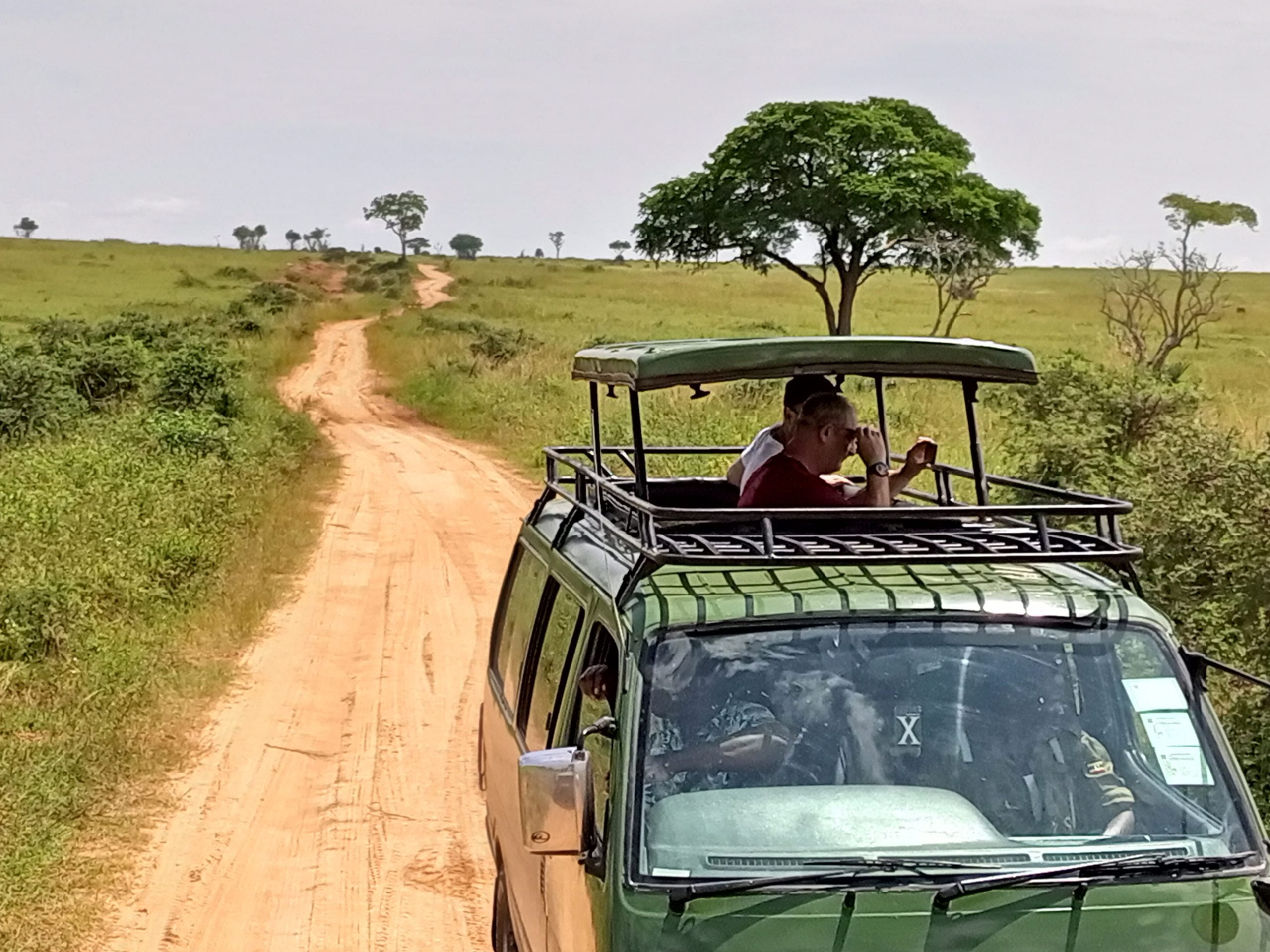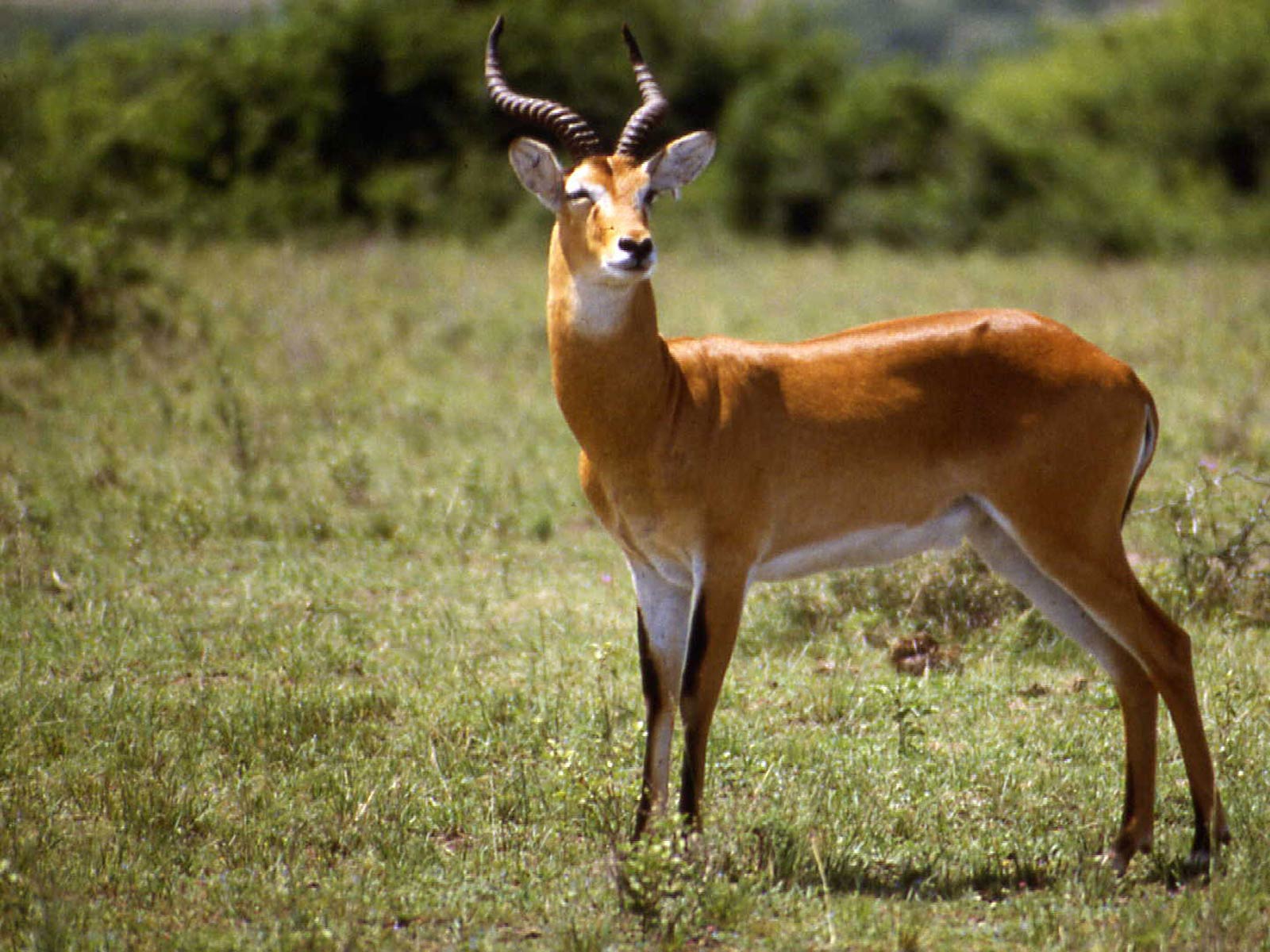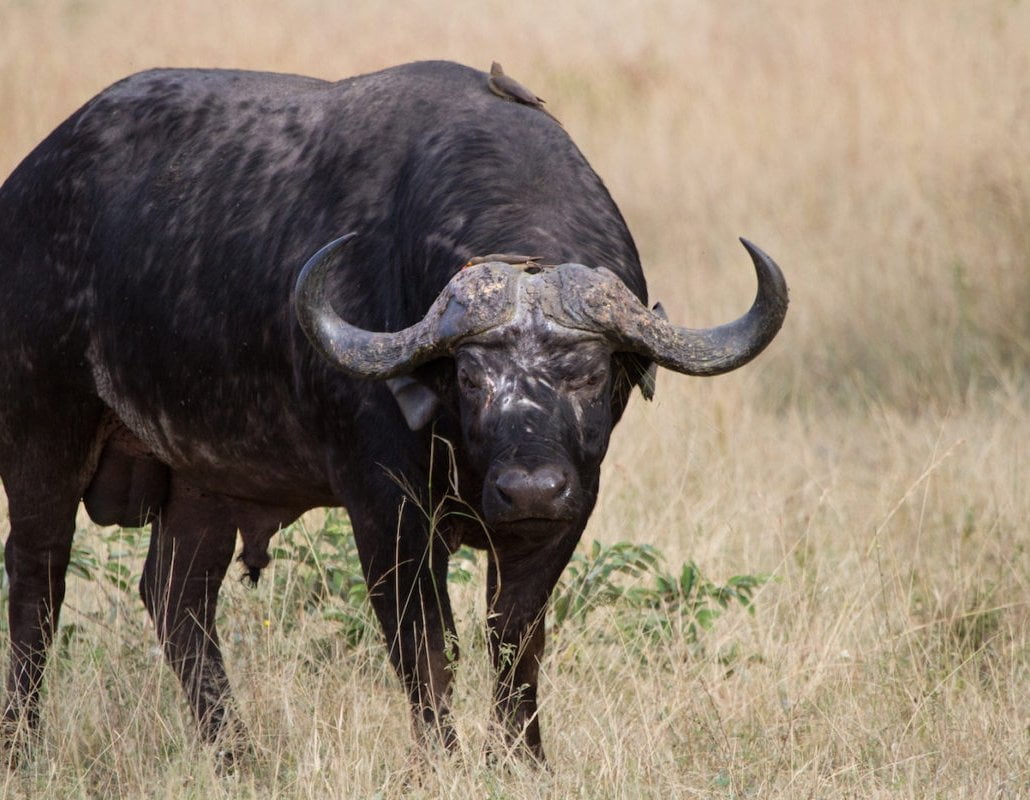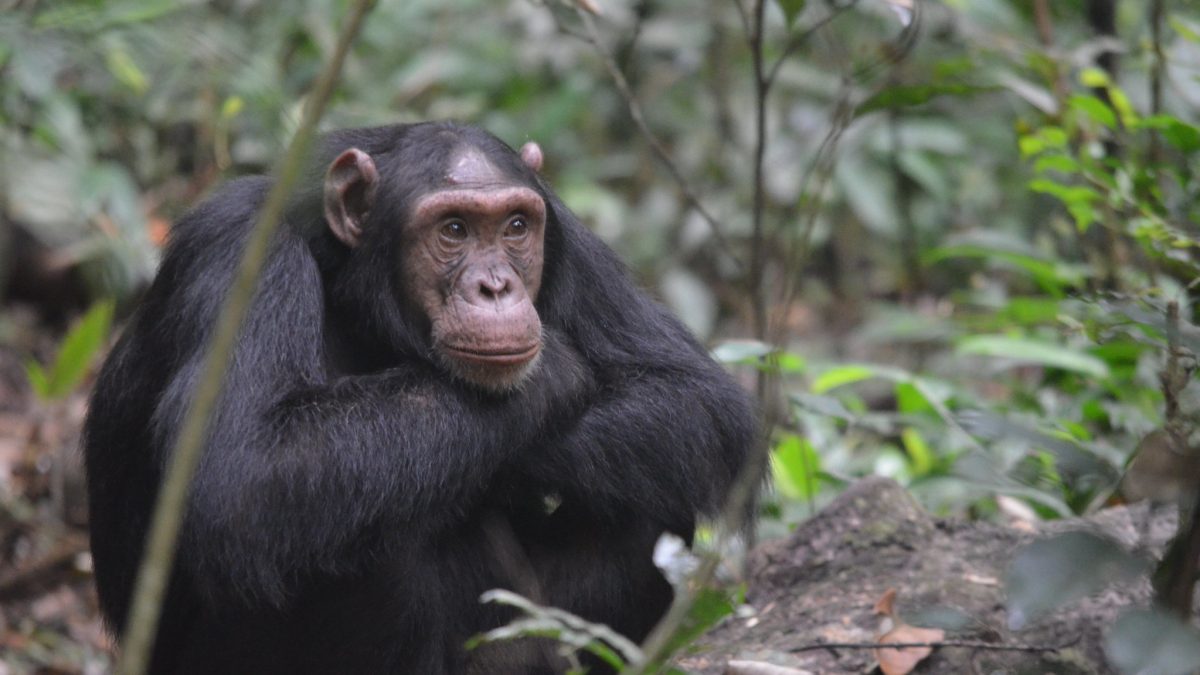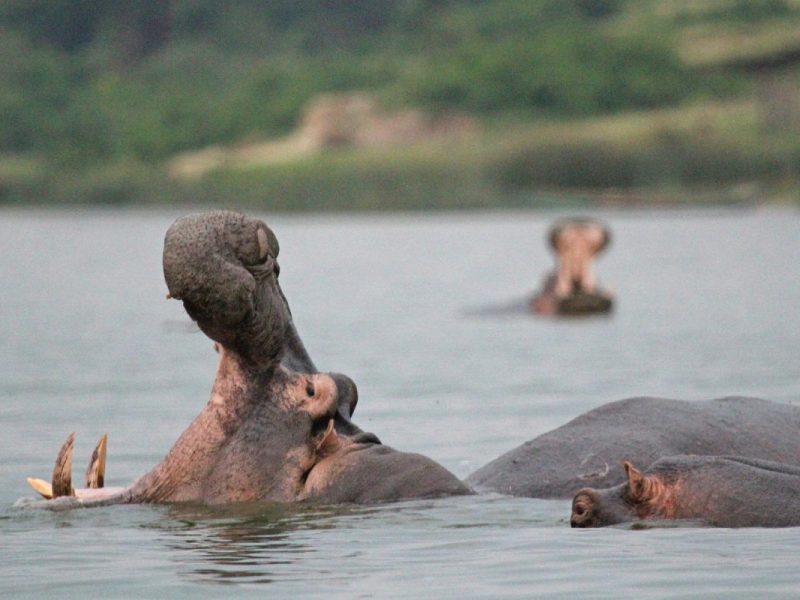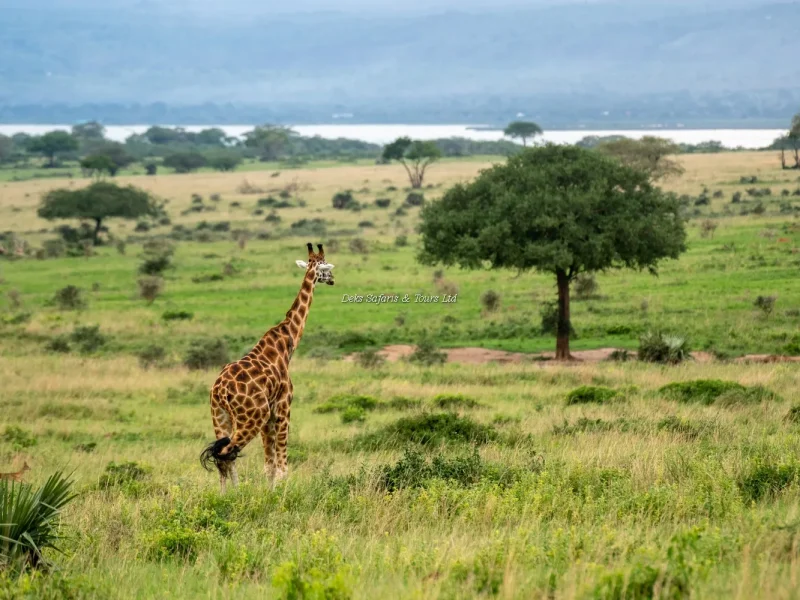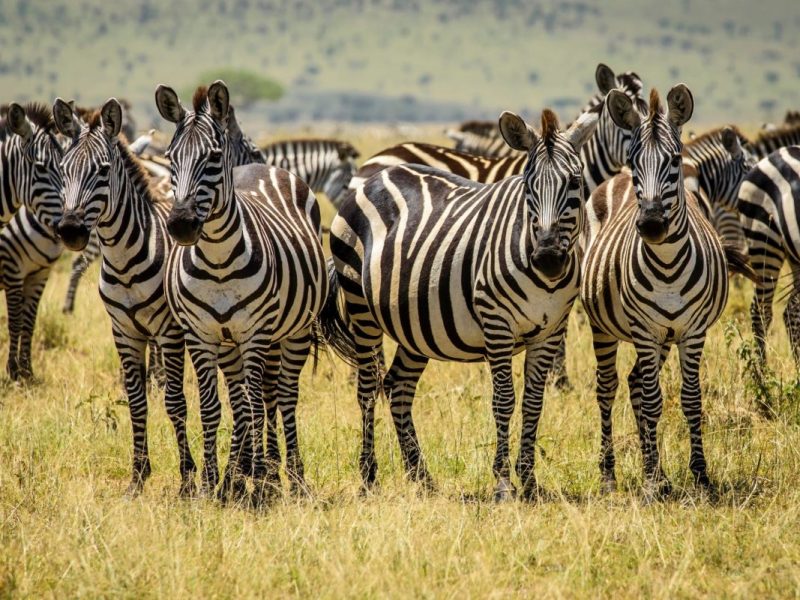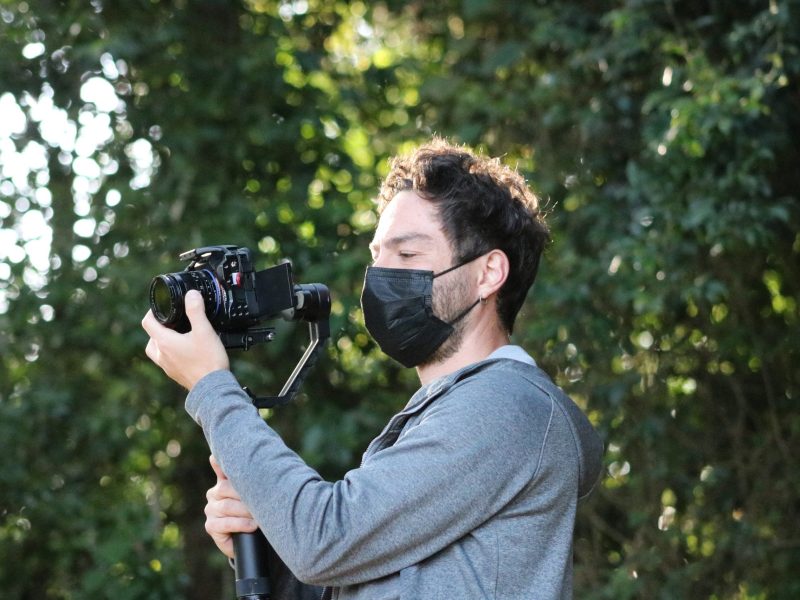Lion Tracking in Uganda Queen Elizabeth National Park
Lion tracking in Uganda allows you to encounter wildlife in Uganda’s most visited park. Queen Elizabeth National Park is one of the best national parks to experience a true African safari. The park is located in western Uganda and was established in 1952. The park has magnificent landscapes including vast savannas, forests, plains, crater lakes, Gorges, forests, and the Rwenzori Mountains in the background. Queen Elizabeth National Park is home to 95 species of mammals and over 600 species of birds.
Mammals include elephants, leopards, lions, rhinoceroses, and buffaloes. Queen Elizabeth National Park is a lion conservation unit, so lions are the main attraction in the park. The park is home to more than 250 big cats in the northern and southern regions. The park is one of the best places to see lions in Africa. Queen Elizabeth National Park is known to have the largest number of tree-climbing lions in the world, apart from the common lions.
Where to Go for Lion Tracking in Queen Elizabeth National Park?
The tree-climbing lion tracking is located in the Ishasha section of the southern area of the park. On a typical afternoon excursion, visitors to Ishasha can see lions lazily hanging from a large fig tree. While sporting tree-climbing lions during a game drive in Ishasha is considered one of the highlights of a Queen Elizabeth National Park safari, there is a more interesting activity available for visitors interested in the experience – lion tracking. Queen Elizabeth is the only national park in Uganda that offers lion tracking. This event is only available in the northern part of Queen Elizabeth National Park (Kasenyi Plain).
One of the highlights in Uganda is lion tracking which allows visitors to get up close to lions in their natural habitat, unlike standard game drives. This includes observing lions to learn about their behavior, natural habitat, and feeding habits. The event is led by experienced and knowledgeable Uganda Carnivore Program researchers. By paying to participate in lion tracking events, visitors can participate in a valuable wildlife conservation program.
Uganda Carnivore Program – Wildlife Conservation and Research Tour
The Uganda Carnivore Program (UCP) is part of the Research Division of the Uganda Wildlife Authority. The program began in the 1990s as the Ugandan Large Carnivore Programme. The Ugandan Large Carnivore Project was launched because of concerns that an epidemic (distemper virus) that has killed large numbers of dogs in the Serengeti National Park could spread to Ugandan carnivores. The unexplained death of several lions in Uganda has raised fears among conservationists.
After some research, it turned out that the lions in Uganda did not die from the plague virus, but from poisoning. It was decided to continue the carnivore observation and research project in the park. Over time, the program expanded to include community conservation and other activities. As more partners supported the project, the name of the project was changed to what is now known as the Uganda Carnivore Project.
Uganda’s Carnivore Program Focuses On Conservation And Research.
The program educates communities living near the park about the importance of wildlife and how to live in harmony with the big cats. Queen Elizabeth National Park is large but has several human settlements both within and outside the park boundaries. In addition, a major highway crosses the northern part of the park. Most of the communities surrounding the park earn their living by raising and rearing livestock. These animals often graze deep within the park boundaries and in the lion’s territory.
Therefore, there will be meetings and even conflicts with predators in the park. To protect and monitor predator activity, UCP has acquired advanced tracking equipment that can be used to track predators. The project has a comprehensive database of most predators in the northern part of Queen Elizabeth National Park. The database joins other databases to help conservationists and governments understand lion populations in parks.
Roles of Uganda’s Carnivore Program
UCP also trains young scientists, helps relocate park animals and makes recommendations to help governments and international partners make key funding decisions and focus areas. The program welcomes international volunteers and students interested in wildlife conservation/ecology. To raise funds and increase the visibility of the project’s activities, lion tracking was introduced in collaboration with the Uganda Wildlife Authority. Under this scheme, a small group of tourists will be taken on day and night tours to get a glimpse of predators like leopards, hyenas, lions, and others.
The Uganda Carnivore Project is led by Dr. Ludwig Sieferts, who has been involved in the project since its inception in the 1990s. Ludwig also taught at Makerere University. dr. Ludwig has made significant contributions to wildlife research and conservation as a project manager and Makerere Professor. He helped raise funding for the project and helped train hundreds of scientists. Ludwig also helps with carnivore research in other Ugandan national parks. Other senior staff working on the project include James Kayewa and Kenneth Mugyenyi. Kaleva monitors the predators every day, while Mugyenyi is a local community scout.
How is Lion Tracking Organized in Queen Elizabeth National Park?
Lion tracking in Queen Elizabeth National Park involves following individuals or groups of lions to learn more about their behavior, feeding habits, and social/group dynamics. Booking is required to participate in the Lion Tracking Experience. The experience costs $60 per person for international tourists and 100,000 Ugandan shillings for East African citizens. Payment can be made directly at the Mweya dashboard or more conveniently through a travel agent. The park management donates $10 for every reservation to the Uganda Carnivore Project. The price does not include entrance to the park.
The Event Has A Limited Number Of Participants.
There are three lion feet in a day. There is an early morning, afternoon, and evening session. Each session takes two to three hours. If you book lessons, you must arrive on time. Before you get in the car to look for lions, the lead tracker or researcher will brief you on the activity and what to expect. Tracking a lion in Queen Elizabeth National Park has been made possible thanks to the latest advances in tracking technology. A radio collar is mounted on the proud head of a lioness. Lions are not selected because they usually leave the group to mark their territory.
The lioness remained in the main group, allowing the researchers to monitor all the other lions, including cubs and alpha males. The researchers preferred collars over lionesses that were not pregnant, old enough, and in good health. Once she was identified, the lioness was sedated and a collar was placed around her neck. The lioness needs about 2 days to get used to the collar. When fitting the collars, the researchers made sure they were snug and loose to ensure the cat didn’t get stuck when walking through dense vegetation.
How Lion Tracking in Queen Elizabeth National Park is Done?
The battery-powered collar emits radio frequencies that are read by a GPS to pinpoint the lion’s exact location each time the frequency is called. The tracker beeps, which gets louder as the lion approaches. Lions move a lot, especially when prey is scarce. With enough prey, they can reach 40 square kilometers. In food-poor regions, their territory can reach up to 400 square kilometers. Radio collars allow researchers to track the lions’ movements and see if they are sick or endangered by the public near the park. By tracking lions, researchers will share information about their biology, habitats, and threats.
You will learn that lions have a lifespan of about 12 years, while females live most of that time. Man’s job is to protect the family and ensure that no intruder enters their territory. A lioness gives birth to 3 cubs on average. Tracking a lion in Queen Elizabeth National Park is different from a normal hunt in many ways. During normal game driving, the vehicle stays on the designated lane/road. While tracking a lion, drivers may veer off the main road and enter deep into the savanna depending on where the lion is located. When the team approaches the lion, the driver turns off the engine to avoid driving the cat away. If you’re lucky, you can watch researchers take DNA, blood, urine, saliva, ticks, and other samples after sedating the lions.
Finding a Pride Lion During the Tracking
If you come across the entire pride, you will have a rare opportunity to observe a family of lions up close. Watch the teenagers play among the relaxing adults. Lions use a variety of emergency calls to inform others of their location. Lions are territorial animals. Dominant males mark their territory by digging with their hind legs, rubbing their manes on bushes, or urinating around the main trees in their territory.
All these movements/signs leave his strong scent to alert any intruders. Use the time to take amazing close-up pictures of the primates. A pride is led by one or two dominant males (usually brothers). Males have a much larger black mane than females. Despite their small size, lionesses dictate much of what happens in the herd, especially since they do most of the hunting. A lion may be smaller in size but will fight the male during any takeover to protect his den.
Key Facts About Lion Tracking in Queen Elizabeth National Park
Tracking lions in Queen Elizabeth National Park is different from regular game viewing. A limited number of people are allowed to participate so as not to stress the cat. Few participants made the experience more personal and made for better pictures as excited tourists didn’t push the lions away. Also, the researchers were less distracted when they were with smaller groups. And information can be shared more effectively.
The subjects of the study were lions in the northern part of the park, or Cassini plain. These lions are different from the tree-climbing lions of Ishasha. The concentration of animals in the Kasenyi Plain is higher than in Ishasha. On your way to track lions, you will encounter antelopes, elephants, buffaloes, warthogs, antelopes, and several other creatures.
Other Carnivores Studies Besides Lion Tracking
In addition to lion tracking, the Uganda Carnivore Project also studies other carnivores such as leopards and hyenas. If you are lucky, you may be able to track another predator while following the lion. Participants may be asked to participate in research-related activities, such as taking samples or recording information about cats. Queen Elizabeth can be reached by air and road. There are three airfields in and around the park – one at Mweya and the other at Kase and Ishasha.
All you need to do is book a flight to these airports from Entebbe or Kajjansi in Kampala. Your tour company or private driver should meet you at the airport and take you to the park office for check-in. If traveling by road, drive from Kampala to Mbarara or Fort Portal. The drive from Kampala to Entebbe to Queen Elizabeth National Park is 6 hours. If you’re planning to combine lion tracking with other park activities, you should check out this 4-day Queen Elizabeth Safari package.
Where to Stay After Lion Tracking in Queen Elizabeth National Park?
Then you don’t have to worry. Several different accommodation options are available. Campsites, tented camps, and luxury hotels are available for budget travelers. The best accommodations are Ishasha Wilderness Camp (Luxury), Mweya Safari Lodge (Luxury), Katara Lodge (Midrange), Buffalo Lodge (Budget), and Simba Safari Lodge (Budget). It is also important to note that lion tracking in Queen Elizabeth National Park is carried out throughout the demolition process.
Other Activities in Queen Elizabeth National Park Besides Lion Tracking
As mentioned above, Queen Elizabeth is a park with many activities and activities. You can sign up for a three-hour Mangoose Trail along the Mwaya Peninsula to learn about these mammals and their main enemy, the African cobra.
Chimpanzee Tracking in Kyambura Gorge
For more information on tracking, head to Kyambura Gorge for a chimpanzee trek. This underground forest is one of the great wonders of Uganda. It is the result of the second detachment of the earth’s crust after the formation of the Great Rift Valley. Kyambura Gorge is rich in biodiversity. It has about six species of primates and hippos. The chimpanzee population in Kyambura Gorge was trapped after the destruction of a forest corridor that once allowed them to come into contact with humans and other chimpanzee tribes. Kyambura Gorge is also one of the best places in Uganda for nature walks and bird watching.
Nature Walks in the Park
When it comes to nature walks, there is another option besides Kyambura Gorge. Queen Elizabeth National Park is home to the Maramagambo Forest and the Mwaya Peninsula. Maramagambo Forest is one of the last remaining tropical forests in Uganda. The forest has its population of chimpanzees, but they are not habituated. You can go to the python cave or go deep into the forest to meet birds, primates, rivers, crater lakes, and more.
If you want to learn more about Uganda’s indigenous tribes and their culture, why not visit one of the villages or communities around Lake Katwe and see how they get their salt? A boat trip through Kazinga Channel will give you one of the best wildlife experiences in Africa. Prepare to see countless hippos, crocodiles, buffaloes, elephants, waterfowl, and many other park animals drinking from the Channel.


